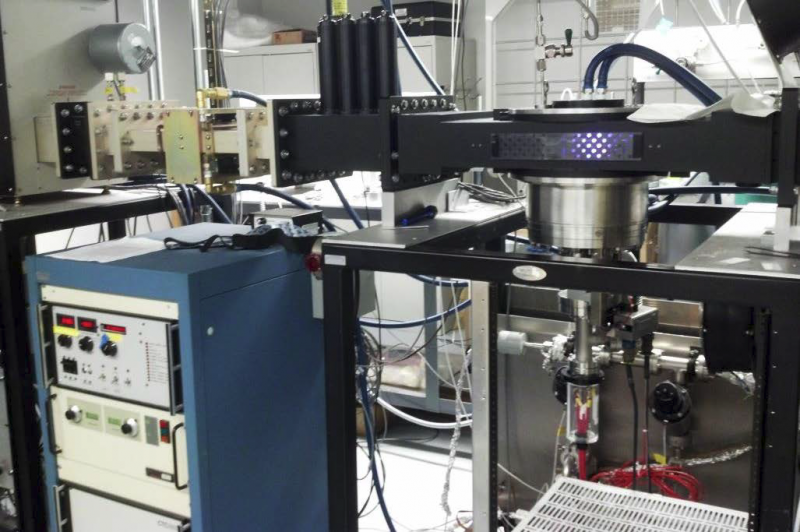The Nanomaterials and Thin Films Lab is equipped with the expertise and facilities to grow various carbon nanostructures through plasma enhanced chemical vapor deposition (PECVD) and metal oxides through an atomic layer deposition (ALD) reactor with in-vaccuo XPS and characterize their respective electrochemical behavior.
Recent research at the lab has focused on:
- The achievement of a better understanding of the electrochemical behavior of porous carbon materials utilized for supercapacitor electrodes by proposing a trend over a wide pore size range versus specific capacitance, when characterizing the performance of electrodes based purely on vertically aligned MWNT forests
- Characterization of composite nanostructures for electrochemical energy storage based on our own unique PECVD-grown graphenated carbon nanotubes (g-CNT), whose intrinsic graphene foliates facilitate greater metal oxide loading while preserving high conductivity and rapid electron transport from metal oxide nanoparticles/films to the current collector
Image

- Optimization of thin TiO2 ALD-grown films as primary photoelectrochemical water-splitting photoanode materials, where the overall efficiency of polycrystalline TiO2 films can be enhanced using conductive nanoparticles as supporting scaffolds which decouple the minority carrier diffusion length and light absorption length
Image

- Minimization of the energy required for the effective electrochemical disinfection of human liquid waste using both PV-driven boron doped diamond electrodes and TiO2-based photoelectrochemical electrodes, with the ultimate goal of developing self-sustainable outoor modular toilets for use in developing countries without easy access to potable water.
- Research on our MEMS-based micro ion sources has resulted in device lifetime improvements that extend several orders higher than traditional tungsten filaments. These improvements demonstrate the potential of the micro devices to exist in novel mass spectrometry instrumentation as well as augment conventional and commercially available instruments.
- Changing the paradigm of sector mass spectrometry by incorporation of computational sensing techniques such as spatially coded apertures.
